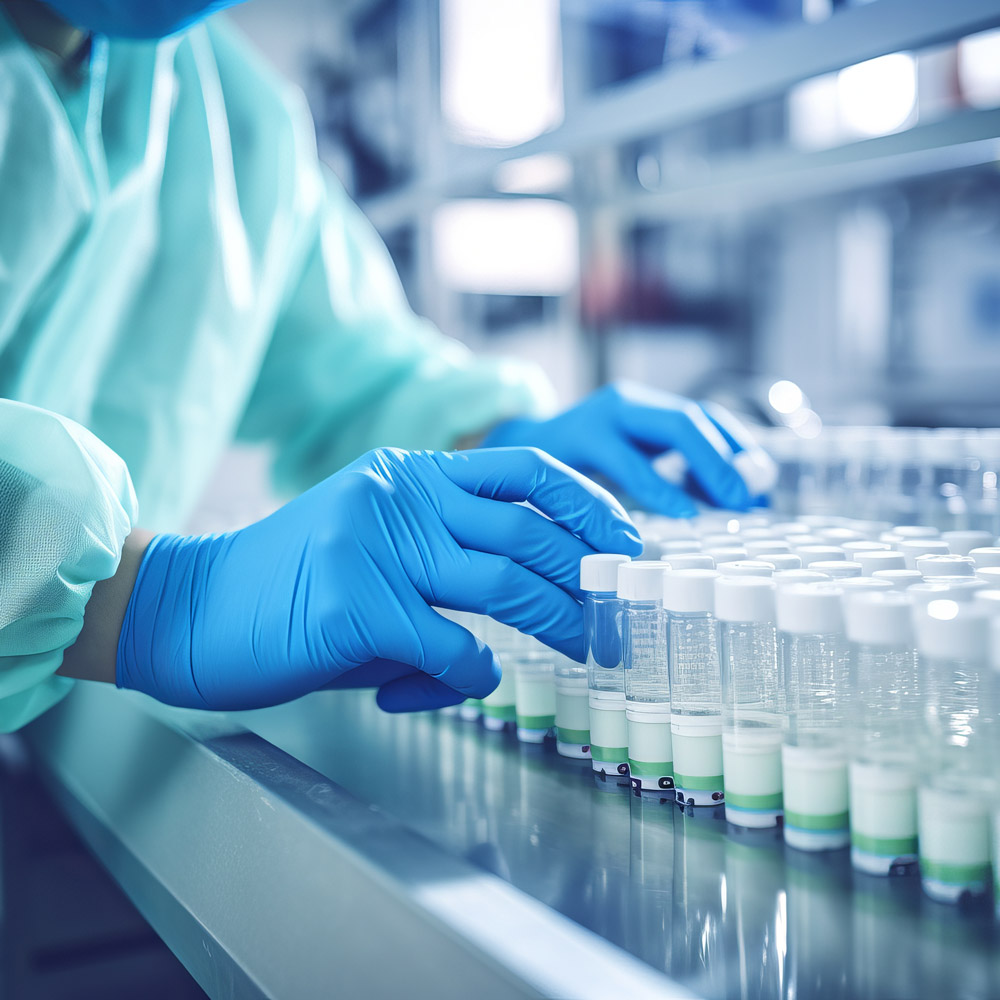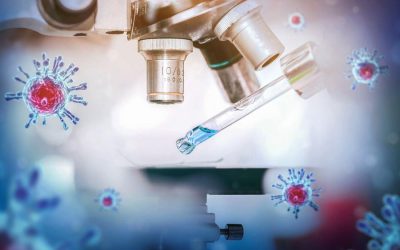

Phenotype is how our DNA physically manifests itself, for instance, as the susceptibility to a particular disease, or the progression of disease, or the susceptibility of the disease itself to treatment, all of which likely have a genetic component.
We have always known that no two people are the same. But we are now realising just how important that is in early identification and correct treatment. This is giving rise to the need for a whole new level of diagnostics, based either on genetic testing, or though biomarkers unique to certain phenotypes. The Attomarker platform is highly suited to the latter, allowing us to develop tests that steer best choice of therapy and then monitor its progress. We’re pretty excited about that too.
- Diagnosing a medical condition can indeed be a complex puzzle. It’s like trying to solve a mystery where the clues are hidden within the human body and that body is so many variations. Doctors often play the role of detectives, using a combination of patient history, physical examinations, and various tests to piece together the evidence. Fast, accurate, diagnostics are critical to that.
- Sometimes, it’s a straightforward process, like connecting the dots between symptoms and a well-known condition. Other times, it’s more like navigating a labyrinth of uncertainties, including genetic differences. The challenge intensifies when dealing with rare or atypical cases, where the usual diagnostic playbook might not apply. We need better and more complex diagnostics to address these challenges.
- Technology has been a game-changer, providing tools like advanced imaging, genetic testing, and sophisticated lab analyses. But even with all these advancements, there’s still an element of artistry in medicine—an intuition that comes with experience and a deep understanding of the human body. Diagnostics still need to play a role in confirming intuitions, especially in new or emerging diseases where the scientific knowledge is less developed.
- The challenge is not just about identifying the problem but doing so accurately and swiftly. A misdiagnosis can lead to a cascade of issues, from unnecessary treatments to delays in addressing the actual problem. It’s a high-stakes endeavour that requires a blend of scientific knowledge, empathy, and a healthy dose of curiosity.
If you can appreciate the importance, you’ll also understand why being able to produce accurate, quantified results to a multiplex test, within a few minutes from a single finger-prick of blood, right at the point-of-care, is amazing and thus something we are both proud of, and rather excited about.
Keep Updated
Check out our LinkedIn for the latest updates on Attomarker including our Company Announcements, Investor Announcement and product launches.

